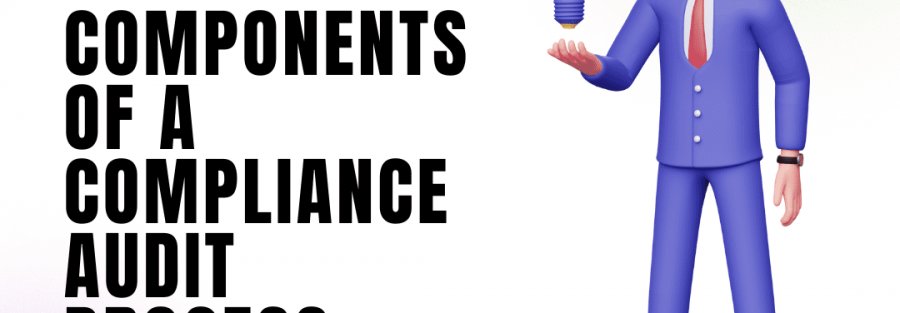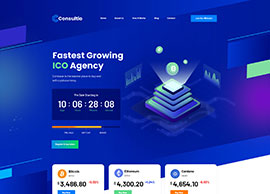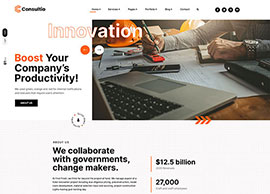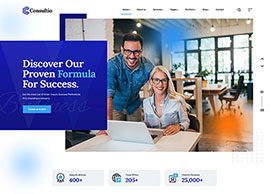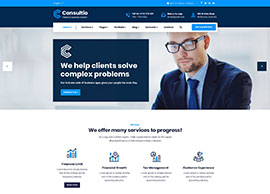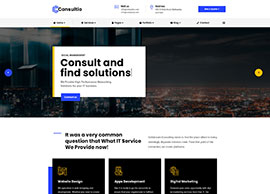A compliance audit is a systematic examination of an organization’s operations and practices to ensure adherence to laws, regulations, and internal policies. It helps identify any non-compliance issues and provides recommendations for corrective actions. To conduct an effective compliance audit, certain key components need to be considered. In this article, we will explore the key components of a compliance audit process.
1. Define Audit Objectives and Scope
Before beginning a compliance audit, it is essential to clearly define the audit objectives and scope. This involves determining the specific regulations, laws, or internal policies that need to be assessed. Clearly defining the objectives and scope helps focus the audit efforts and ensures a comprehensive evaluation of the relevant compliance areas.
2. Develop an Audit Plan
The next step is to develop a detailed audit plan. This plan outlines the audit methodology, procedures, and timelines. It includes considerations such as data collection methods, sampling techniques, and the roles and responsibilities of the audit team members. A well-developed audit plan provides a roadmap for conducting the compliance audit effectively and efficiently.
3. Conduct Risk Assessment
A risk assessment is an important component of a compliance audit process. It helps identify and prioritize areas of higher risk for non-compliance. The risk assessment may involve evaluating factors such as the significance of regulations, the complexity of processes, past compliance history, and the potential impact of non-compliance. By conducting a risk assessment, auditors can allocate appropriate resources and focus their efforts on high-risk areas.
4. Gather Relevant Data and Documentation
During the compliance audit, auditors need to gather relevant data and documentation to support their assessments. This may include reviewing policies, procedures, contracts, financial records, and other relevant documents. The data and documentation collected should be comprehensive and representative of the audited processes or areas.
5. Perform Testing and Evaluation
Testing and evaluation are core components of a compliance audit process. This involves performing various procedures to assess the effectiveness of controls and the extent of compliance with applicable regulations or policies. Testing methods may include sample testing, walkthroughs, interviews, and document reviews. The results of the testing and evaluation provide insights into the organization’s compliance status.
6. Identify Non-compliance Issues
As part of the compliance audit process, auditors need to identify any instances of non-compliance. This involves comparing the findings from testing and evaluation to the applicable regulations, laws, or internal policies. Non-compliance issues may include inadequate controls, deviations from established procedures, or breaches of regulatory requirements.
7. Document Audit Findings
Audit findings need to be documented systematically. This includes clearly articulating the identified non-compliance issues, their root causes, and the potential impact on the organization. The documentation should also include supporting evidence, such as testing results and relevant documentation. Clear and well-documented findings form the basis for effective communication and subsequent corrective actions.
8. Provide Recommendations and Corrective Actions
Based on the audit findings, auditors should provide recommendations and corrective actions to address the identified non-compliance issues. These recommendations should be practical, actionable, and tailored to the specific circumstances of the organization. Clear guidance on how to rectify non-compliance and prevent future occurrences is crucial for the success of the compliance audit process.
9. Follow-up and Monitoring
The compliance audit process doesn’t end with the issuance of recommendations. It is essential to follow up on the implementation of corrective actions and monitor progress. This ensures that the necessary steps are taken to rectify non-compliance issues and prevent their recurrence. Regular monitoring and reporting provide assurance that the organization is actively addressing compliance concerns.
10. Continuous Improvement
A key component of the compliance audit process is a commitment to continuous improvement. Lessons learned from the audit process should be utilized to enhance internal controls, policies, and procedures. Feedback from the audit should be used to improve compliance culture and practices within the organization.
Conclusion
The key components of a compliance audit process include defining objectives and scope, developing an audit plan, conducting risk assessment, gathering relevant data, performing testing and evaluation, identifying non-compliance issues, documenting findings, providing recommendations, follow-up and monitoring, and fostering a culture of continuous improvement. By incorporating these components, organizations can ensure a comprehensive and efficient compliance audit process that promotes adherence to regulations and policies while driving continuous improvement.
